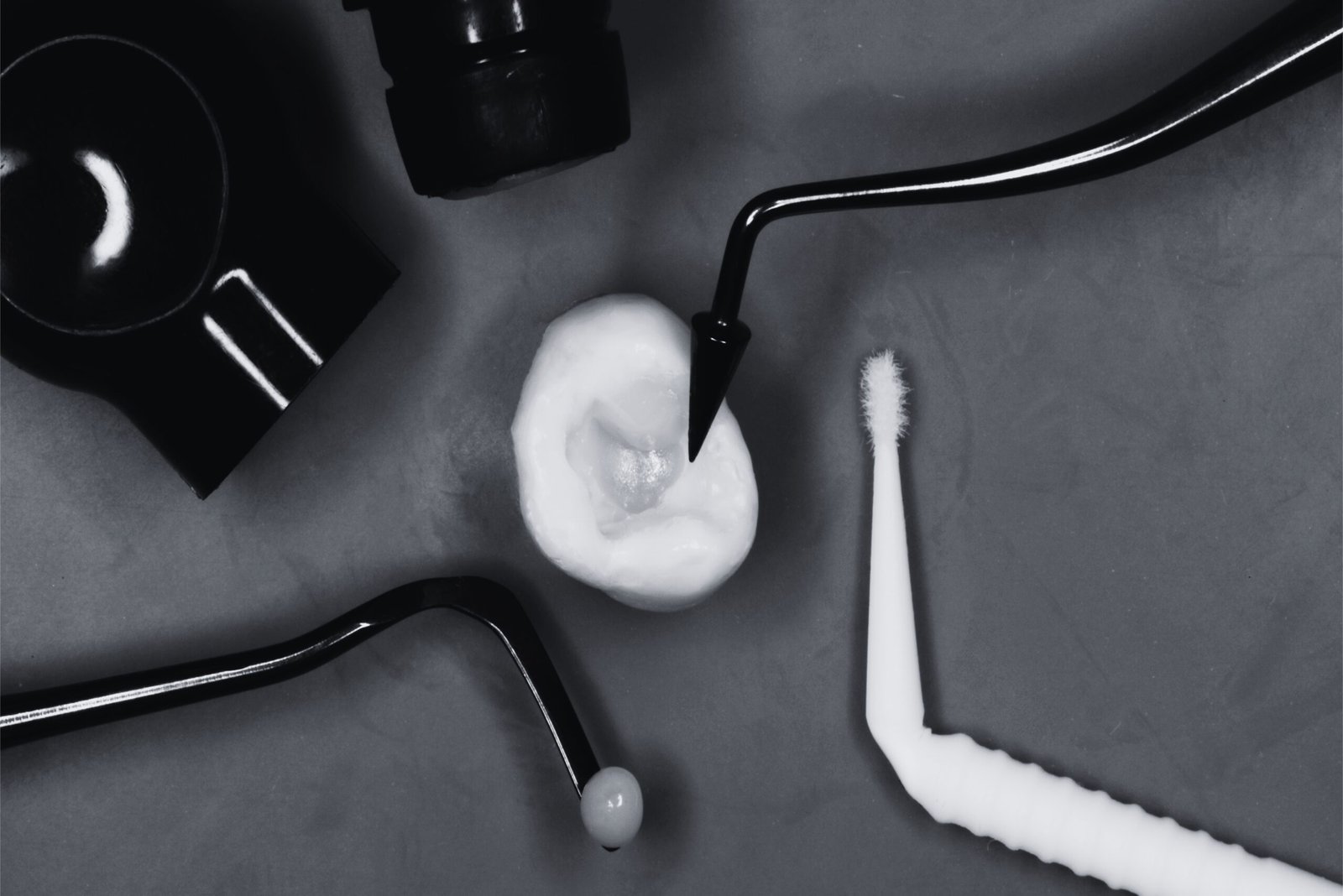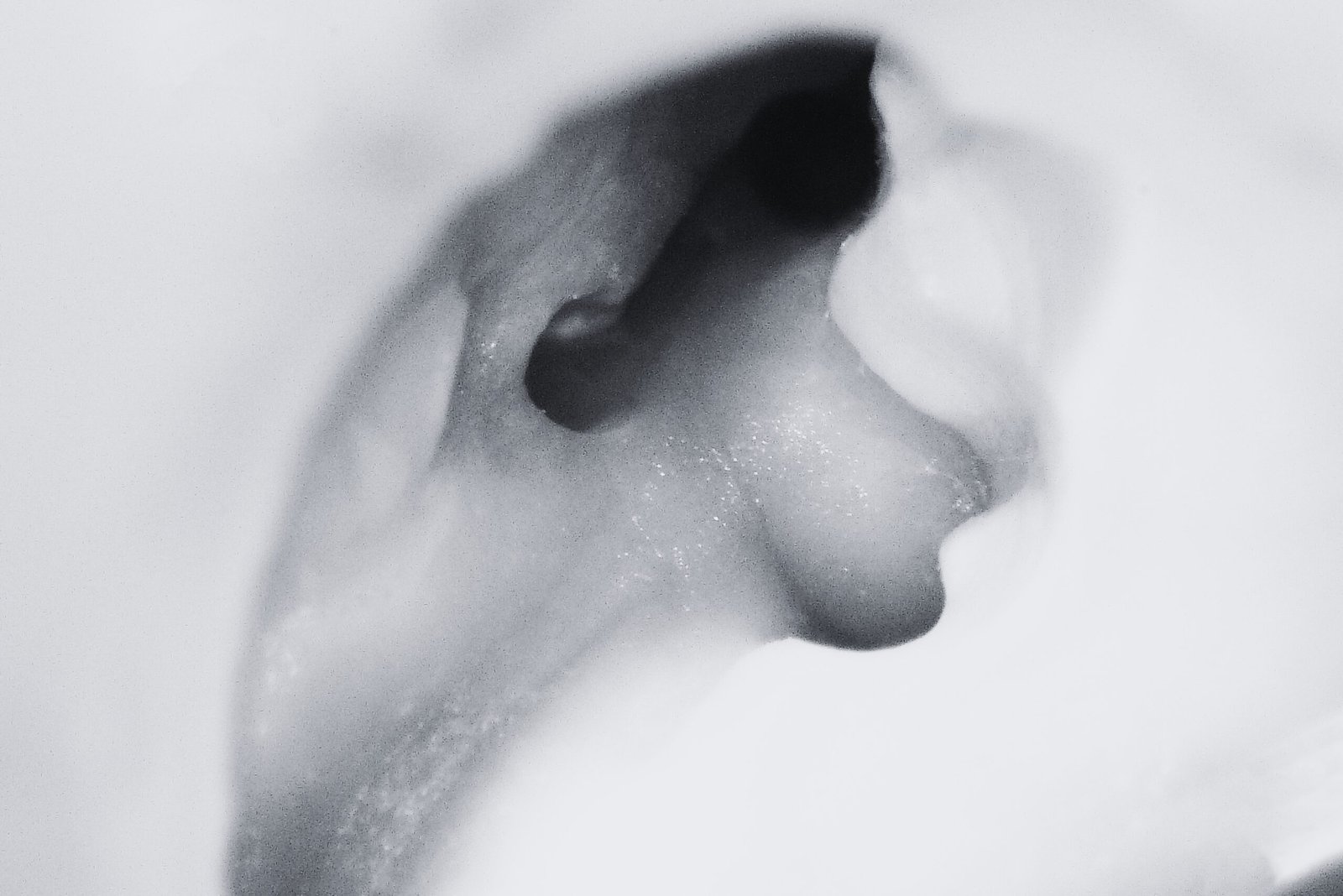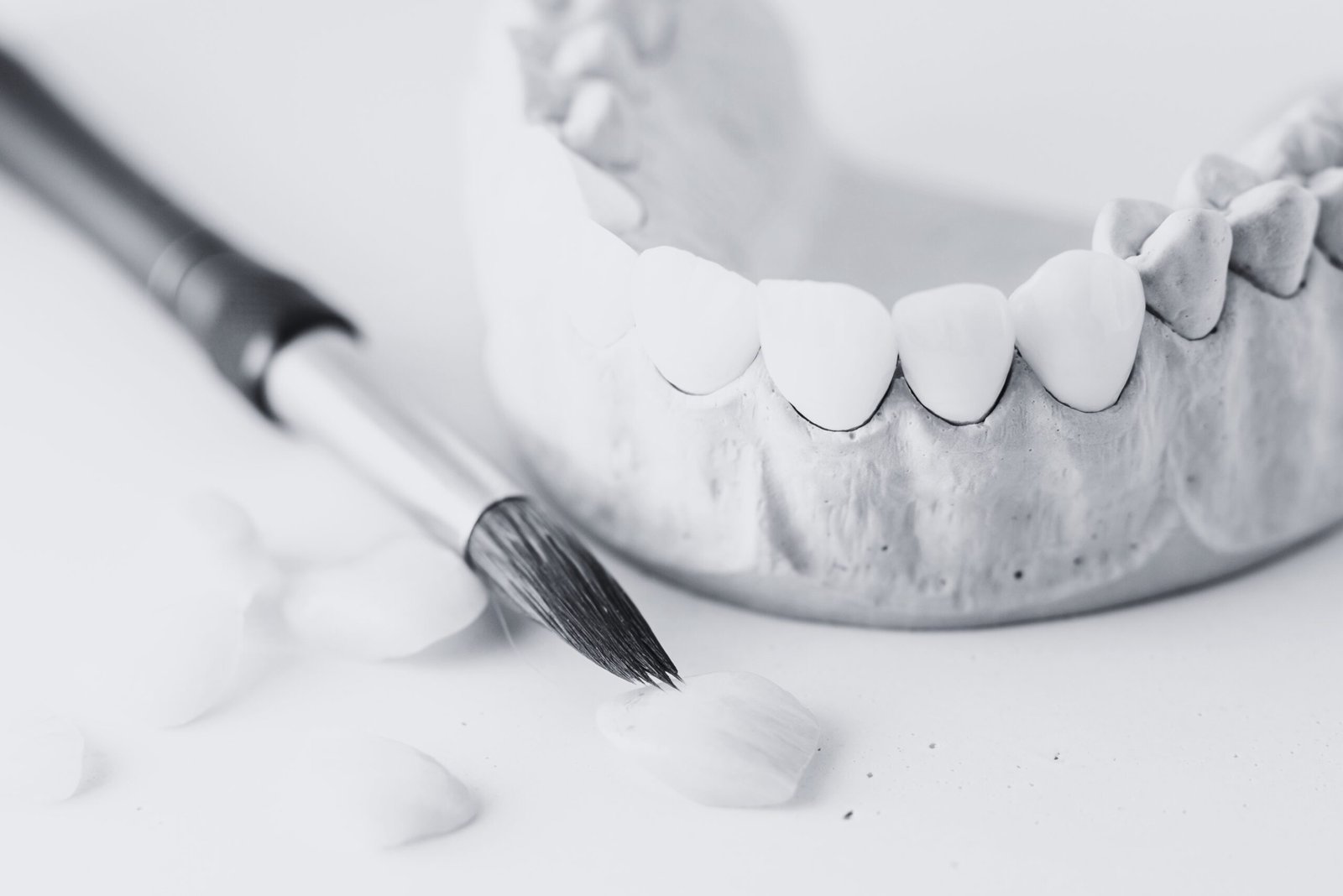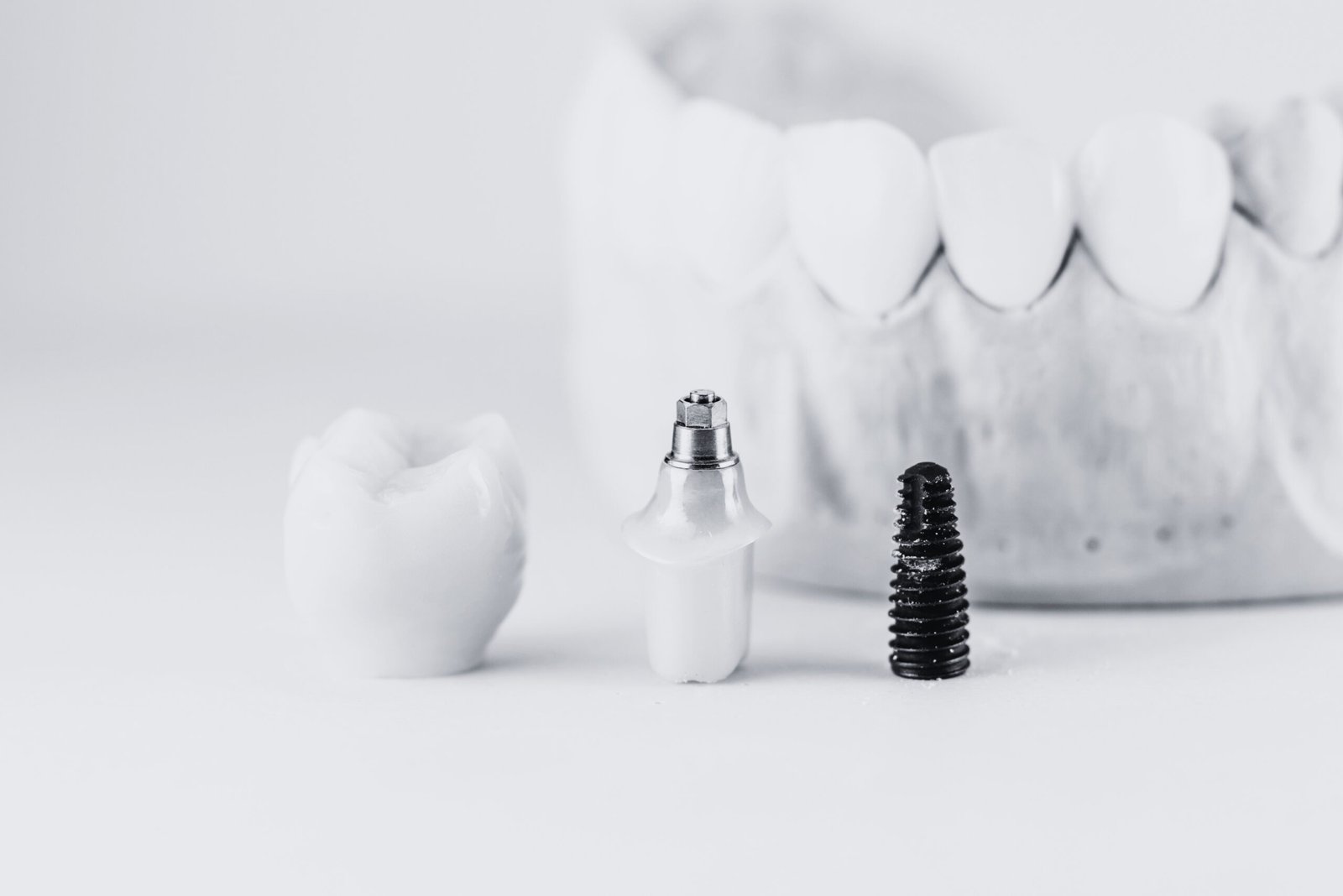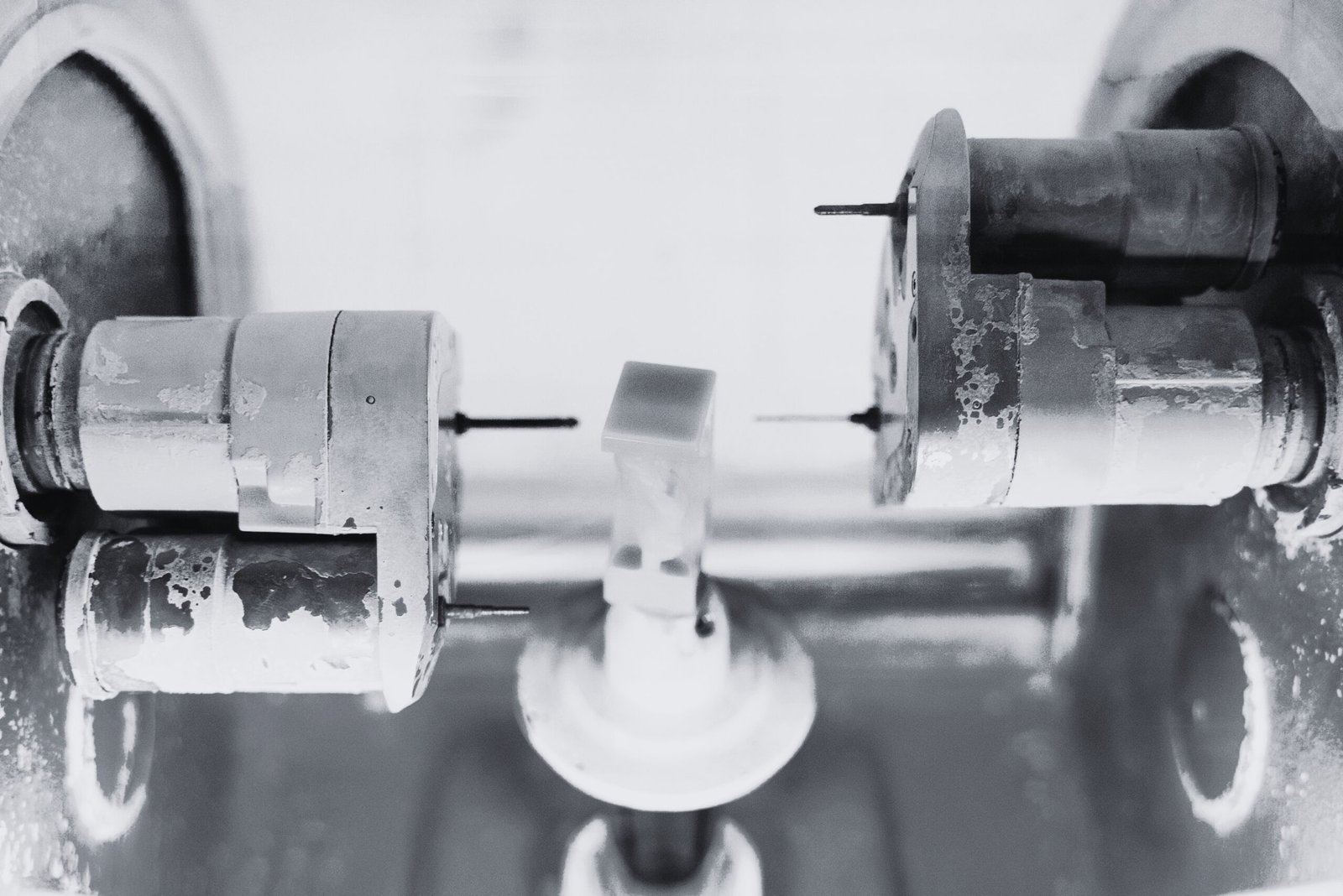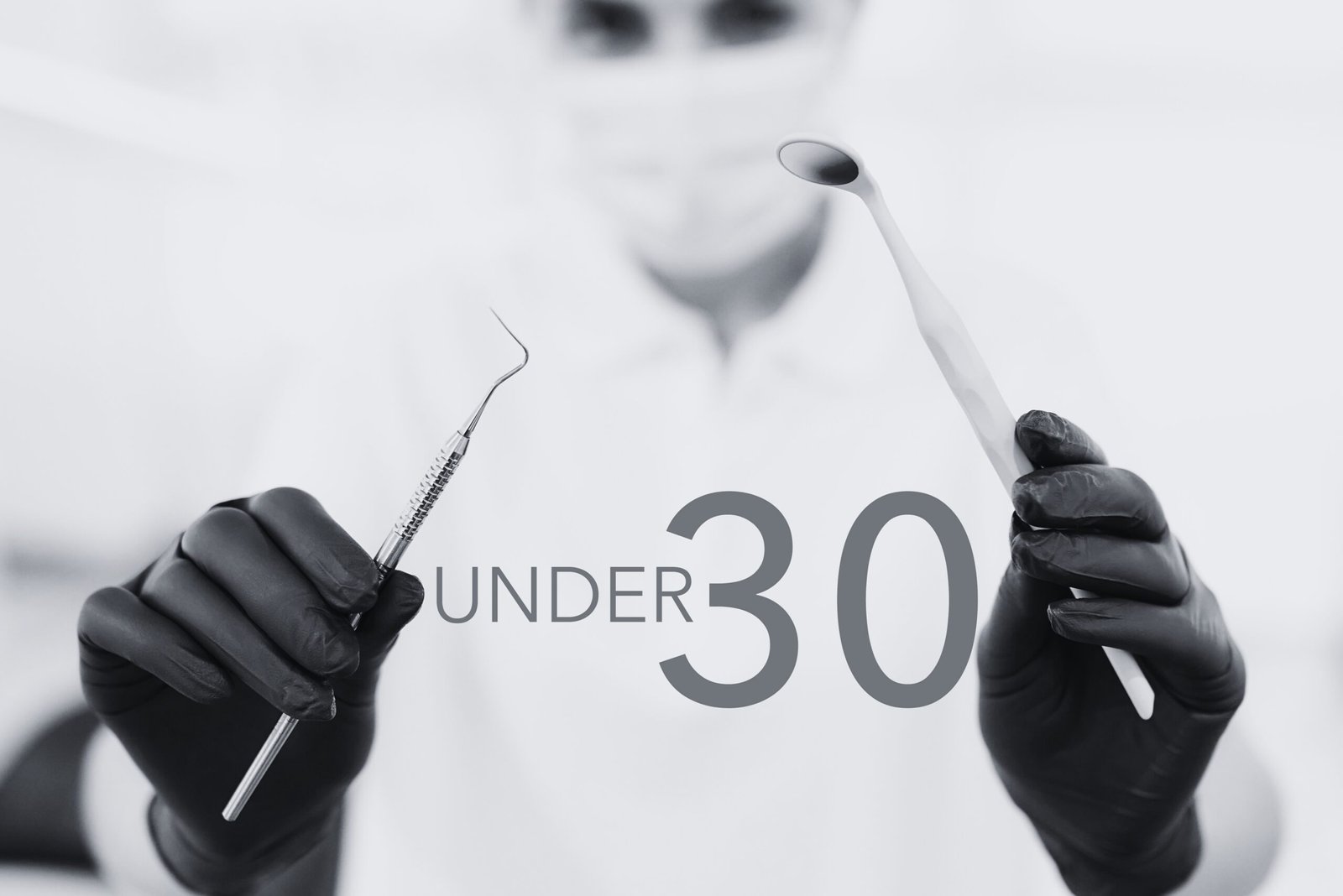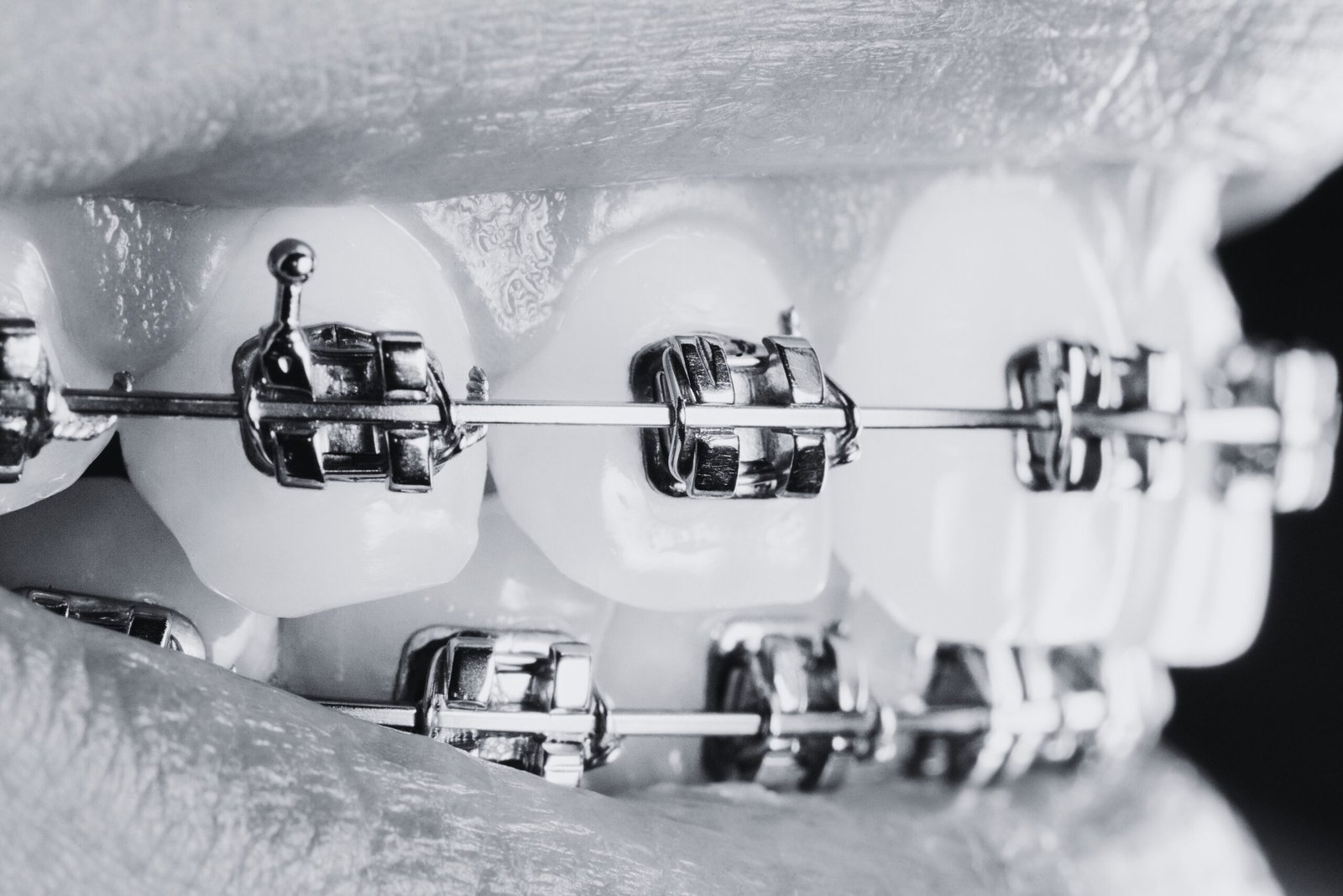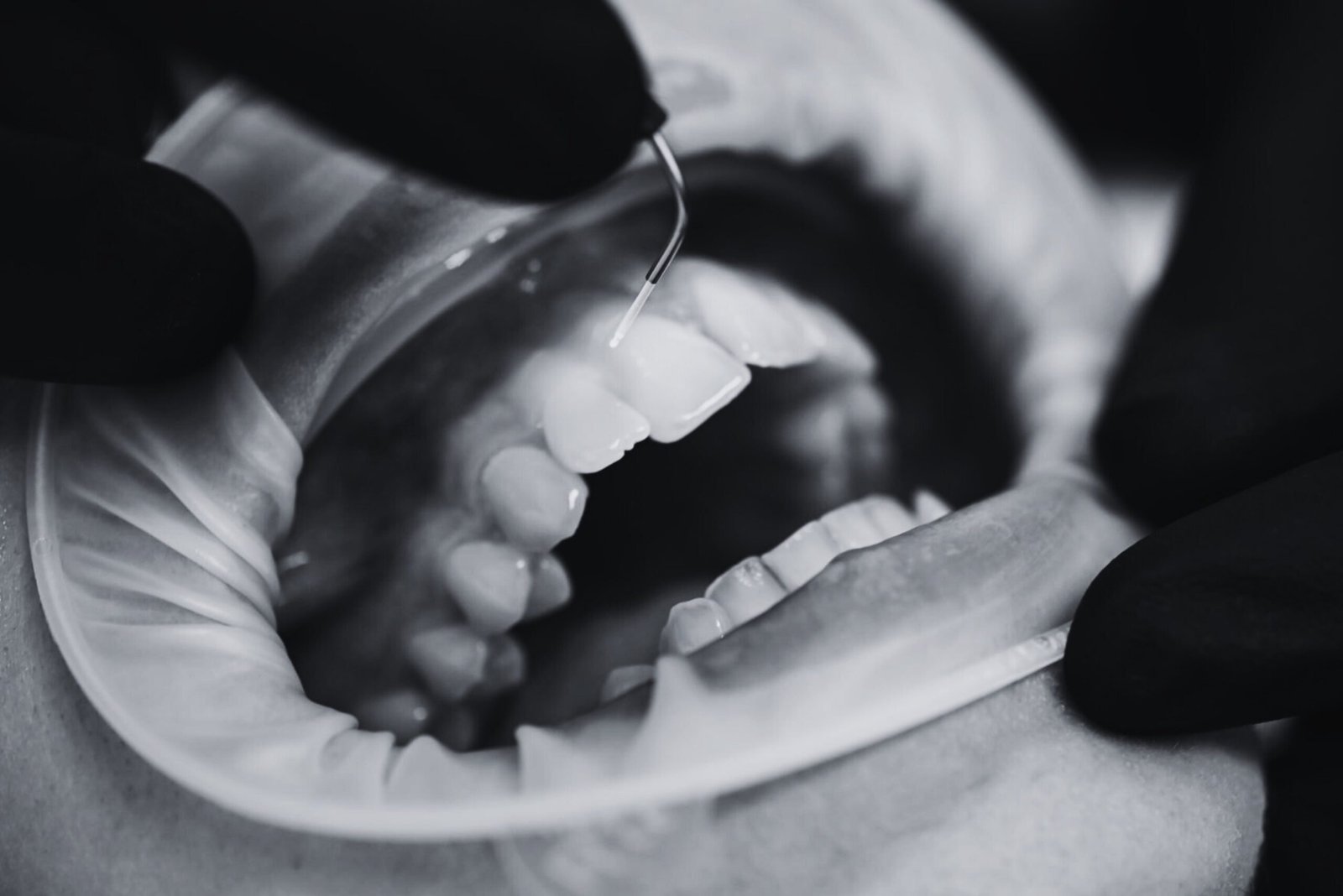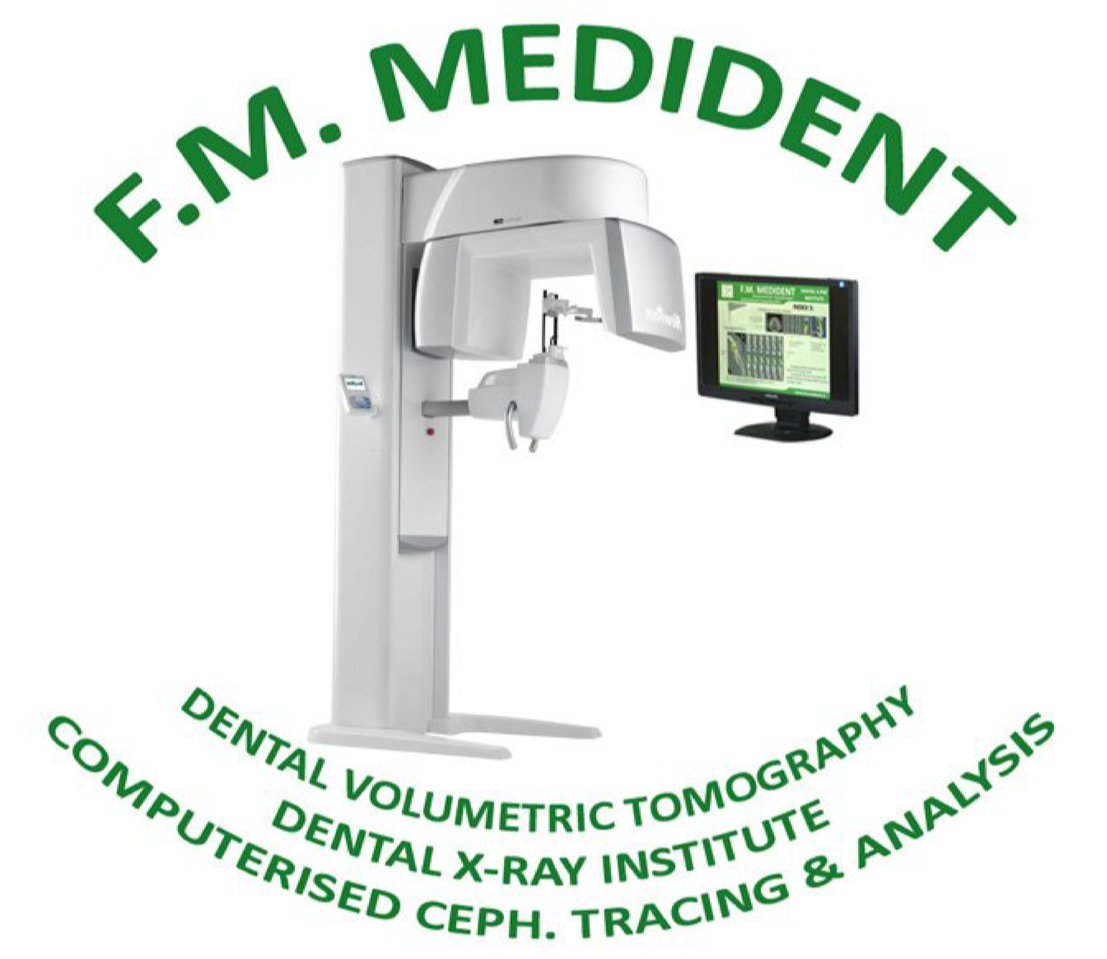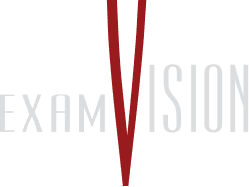

Honouring Excellence
in dentistry
Odeon Theatre
Majestic Hall
Dresscode
Blacktie
December 6th, 2025
6:00 PM
PARTNERS

A prestigious gala where the most
accomplished and experienced dentists
from Romania and the Republic of Moldova are awarded.
Over the course of the three editions, we have recorded a total of:
ATTENDEES
0
+
JUDGED CASES
0
+
TROPHIES
0
PRIZES
0
K€+
Those prizes are awarded alongside the gratitude and respect we owe to the dentists who have chosen to present their most complex and interesting cases at the gala.
Odeon Theatre
Majestic Hall
dresscode
blacktie
December 6th, 2025
6:00 PM
Event Opening
Arrival and reception of participants
18:00 - 18:30
"camerata regală" concert
More details soon
18:30 - 19:15
gala
The doctors who have reached the grand final will take the stage to present their cases, and the audience will vote for the winners
19:15 - 22:30
Ectopic reception
Networking and socializing, amuse-bouches and preosecco in a distiguisehd atmosphere in the theatre foyer
22:30 - 00:00
- CASE REGISTRATION
- OCTOBER 12th, 2025
- JUDGING PERIOD
- OCTOBER 13th, 2025 → NOVEMBER 6th, 2025
- ANNOUNCEMENT OF FINALISTS
- NOVEMBER 7th, 2025
*The registration fee for a case includes ONLY ONE invitation to the event.

